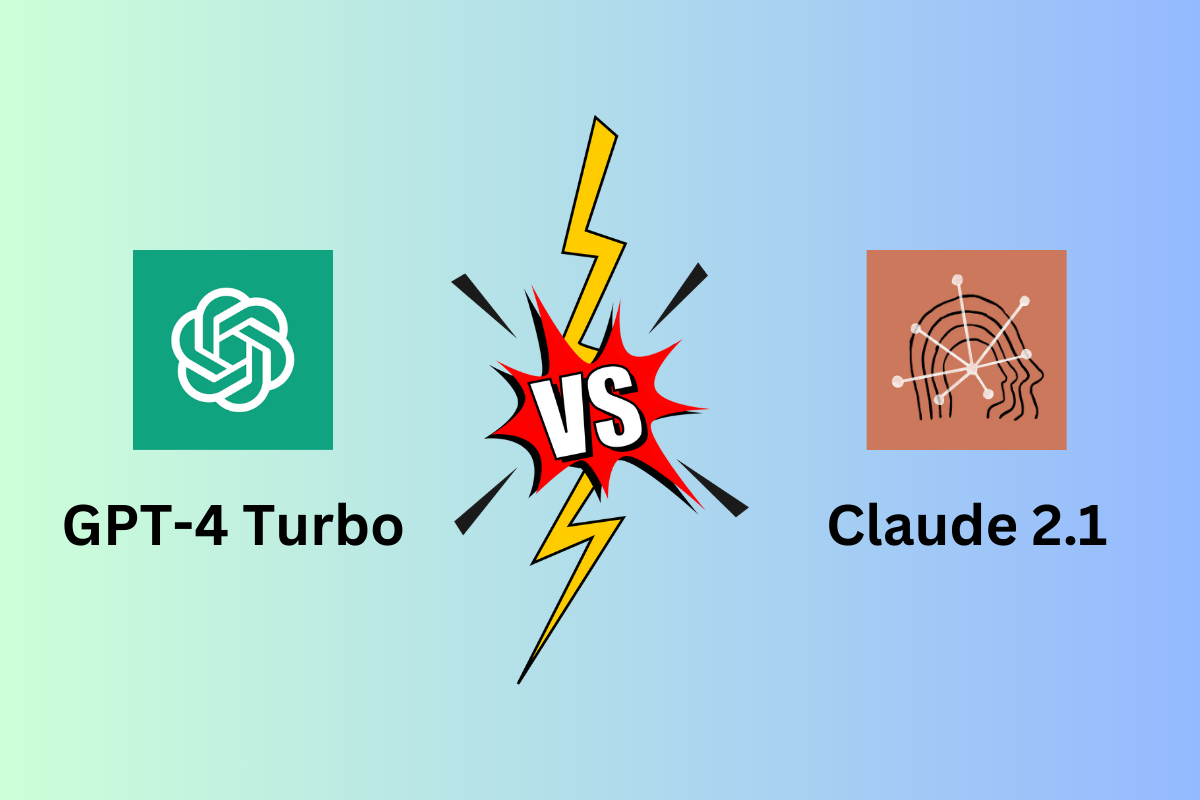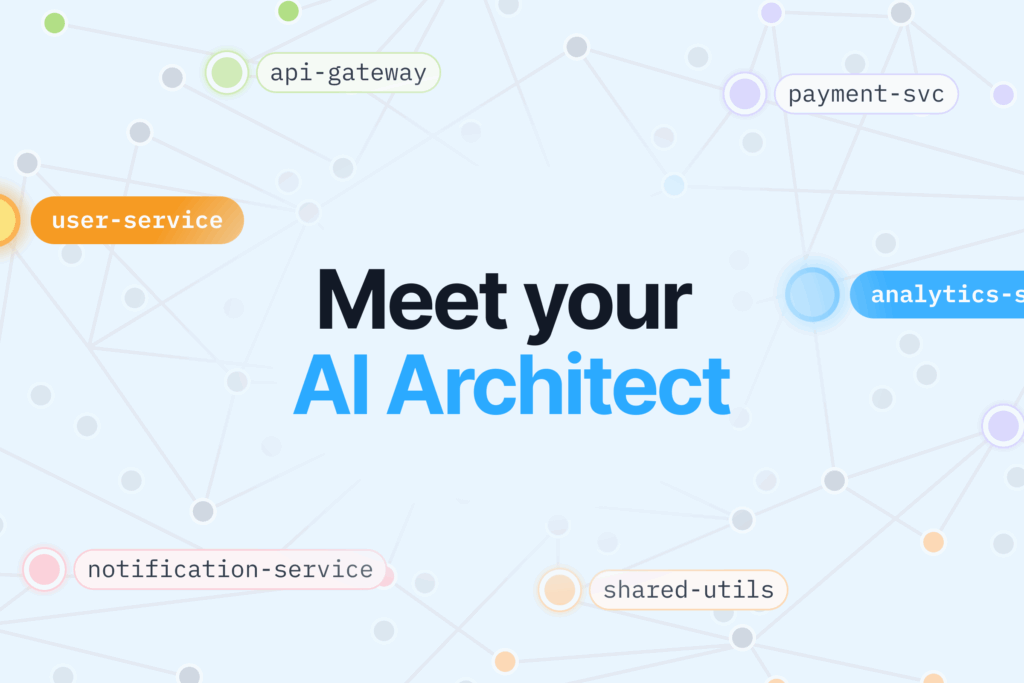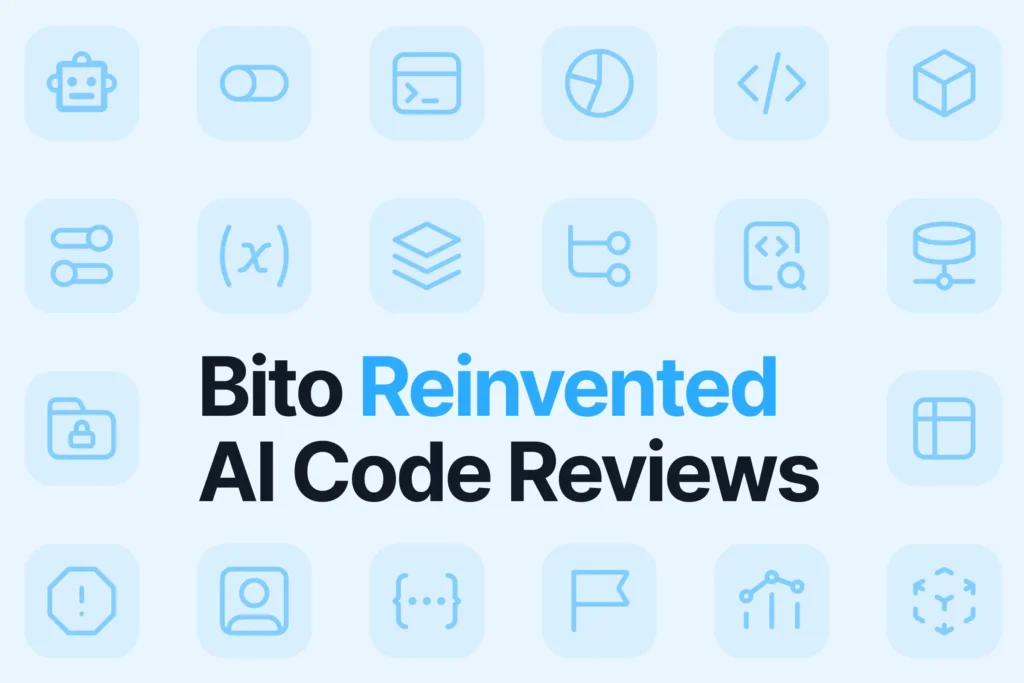Introduction
The AI world is captivated by two major contenders – OpenAI’s GPT-4 Turbo and Anthropic’s Claude 2.1. Each model contributes distinct strengths in the rapidly evolving realm of natural language AI. This article will compare these two titans across key capabilities to determine which reigns supreme for different use cases.
Architectural Prowess
Processing Power and Efficiency
GPT-4 Turbo’s whopping 128,000 token context window enables complex, multi-turn conversations while retaining vast amounts of information. This massive context window not only facilitates the production of lengthy content, but also aids in sophisticated data processing – making GPT-4 Turbo a valuable tool for in-depth research and analysis.
In contrast, Claude 2.1 is built on Anthropic’s sparse transformer architecture optimized for reasoning. It can handle mammoth 100k token inputs, ideal for tackling complex tasks like analyzing entire books or legal documents. The tradeoff is that Claude 2.1’s smaller context window limits its conversational capabilities compared to GPT-4 Turbo.
# GPT-4 Turbo with 128,000 token context window
chat_history = []
response = gpt4.generate(chat_history)
chat_history.append(response)
# Claude 2.1 with 100k token context window
doc = load_legal_contract()
summary = claude.summarize(doc)
Google’s latest behemoth, GEMINI ULTRA, boasts multimodal capabilities beyond mere language processing. It can seamlessly integrate text, images, audio and video – opening doors to exciting possibilities like multimedia content creation.
Multimodal Capabilities
While GPT-4 Turbo is currently restricted to text, Claude 2.1 also incorporates some multimodal functionality through images, audio and video. However, Google’s GEMINI ULTRA leads the pack when it comes to leveraging different data modalities for content creation.
# GEMINI ULTRA multimodal input
input = {
"text": "The Eiffel Tower in Paris",
"images": [eiffel_tower.jpg],
"audio": [eiffel_description.mp3]
}
output = gemini.generate(input)
GEMINI ULTRA’s ability to take in images, text and even code snippets makes it unmatched for multimedia content generation.
Performance Benchmarks
Readability and Audience Appeal
In readability, Claude 2.1 shines with its Grade 8 reading level making it suitable for targeting a general audience. GPT-4 Turbo sits slightly lower with Grade 10 level, but compensates through its engaging and rhetoric-driven text. The tradeoff between readability and rhetorical flair becomes an important consideration based on the target demographic.
Both models exhibit strong SEO optimization skills in their writing. However, GPT-4 Turbo gains a notable edge with its 0% plagiarism score, ensuring fully original content. This becomes crucial for creators who prioritize SEO and search ranking.
Output Quality and Precision
When it comes to precision and accurately following detailed instructions, GPT-4 Turbo emerges superior. It can flawlessly execute complex formatting, styles and contextual guidelines.
In contrast, Claude 2.1 tends to overlook prompt specifics like including hyperlinks or formatting elements. However, it achieves higher overall readability scores and simplicity.
Creativity and Imagination
GPT-4 Turbo shines as a creative writing tool, crafting diverse narratives and impressive fictional storytelling thanks to its training data. However, some factual grounding may be needed during generation.
Claude 2.1, while adept at reasoning, has limited creative flair. Its strength lies more in analysis versus free-form creation. For creative applications like poetry or scriptwriting, GPT-4 Turbo would be the preferred choice.
Real-World Viability
Accessibility and Availability
GPT-4 Turbo reigns supreme in accessibility through its various user-friendly interfaces and OpenAI’s focus on democratizing AI. Claude 2.1 remains restricted primarily to research partnerships, limiting its reach.
Factual Consistency and Safety
Claude 2.1 edges out GPT-4 Turbo when it comes to factual accuracy in its content. GPT-4 Turbo’s generated text may require additional verification to validate facts. Both models continue to grapple with ethical risks, underscoring the need for ongoing safety research.
Company Vision and Trajectory
OpenAI aims to democratize access to AI through products like GPT-4 Turbo and ChatGPT. Anthropic’s vision centers on building safe and socially beneficial AI, with Claude 2.1 as their flagship model. Both companies are actively developing model iterations, so we can expect rapid innovation ahead.
Conclusion
The ideal AI assistant depends heavily on the use case and specific needs. For creative writing and complex conversational applications, GPT-4 Turbo is more accessible and capable. If accuracy, critical analysis and risk reduction are higher priorities, Claude 2.1’s reasoning strengths excel despite its current limited access.
As large language models continue to advance, striking the optimal balance across metrics like ethics, capabilities and creativity remains key. Exciting possibilities lie ahead as companies like OpenAI and Anthropic usher in a new era of generative AI while aiming to maximize benefits to society.






